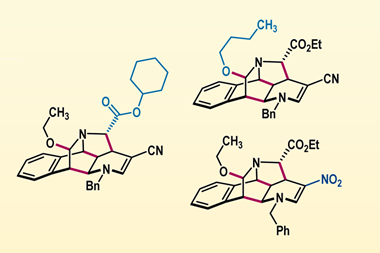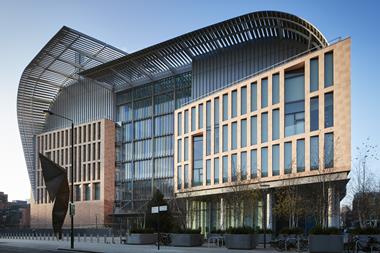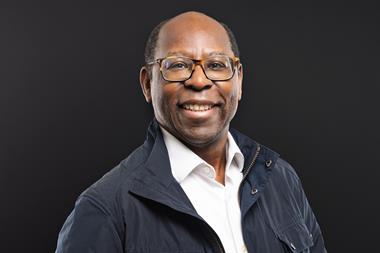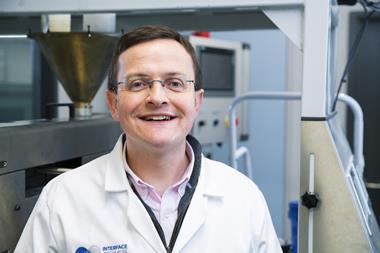New indium-based catalyst makes useful chiral chemicals
Indium is the basis of a novel catalyst designed to make useful cyclic esters. Developed by chemists in China, this catalyst could greatly simplify the production of chiral dihydropyranones, which are important structural elements in many natural products and pharmaceuticals.
Indium, an element that is about three times as abundant as silver, is known to be particularly effective at activating carbonyl groups. The team, led by Feng Xiaoming at Sichuan University in Chengdu, realised that this property could be used to persuade the carbonyl groups of aldehydes to act as dienophiles in hetero-Diels-Alder reactions.
Many catalysts exist to control the stereochemistry of the Diels-Alder reaction, but these are often less effective at controlling more difficult hetero-Diels-Alder reactions.

Feng’s team made their catalyst from a complex of indium(III) triflate and a multi-dentate chiral ligand containing sterically-hindered amide groups. Based on an amino acid structure, this rigid backbone provides control over the two new chiral centres created in the reaction. The team then used the catalyst to combine a variety of aliphatic, aromatic and cyclic aldehydes with a reactive diene.
They were able to achieve high yields - up to 98 per cent - and show excellent chiral control, forming a range of dihydropyranones as single optical isomers. ’The enantiomeric excesses that the authors have achieved are remarkable,’ noted Robert Raja of the University of Southampton, UK.
The researchers hope that this system could open up new strategies for creating pharmaceuticals. They demonstrated this by applying the catalyst in the total synthesis of a triketide structure.
’Our reaction conditions are mild and our catalyst can be pre-prepared and stored for more than six months.’ Feng told Chemistry World. ’This facilitates its practical usage.’
Hisashi Yamamoto, an expert on asymmetric catalysis at the University of Chicago, US, commented: ’This research helps to show how indium could have a great future in the field of organic synthesis. I hope that this catalyst system can be applied to many other asymmetric syntheses.’
Lewis Brindley
References
Z Yu et al, Angew. Chem. Int. Ed., 2008, DOI: 10.1002/anie.200704759






No comments yet